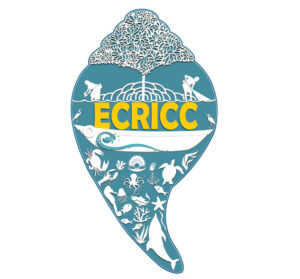Mangrove’s contribution to the carbon cycle & climate resilience
-
1
Mangroves are vital to Earth’s carbon cycle - the exchange of carbon between the land, ocean, atmosphere and living things. They have the ability to convert carbon dioxide to organic carbon at higher rates than almost any other habitat on earth. Primarily they store carbon in the soil, unlike other tropical forest that stores the carbon in the biomass.
-
2
Coastal ecosystems such as mangroves, tidal marshes, and seagrass meadows sequester and store more carbon per unit area than terrestrial forests.
-
3
Mangroves can be 10 times more efficient than terrestrial ecosystems at absorbing and storing carbon for a longer term.
-
4
Mangroves occupy a negligible 0.5% of the global coastal area, but they contribute 10–15% (24 Tg C y−1) to coastal sediment carbon storage and export 10–11% of the particulate terrestrial carbon to the ocean.
-
5
Mangroves make up only 3 percent of Earth’s forest cover, but if they were all cut down, they could contribute up to 10 percent of global carbon emissions.
-
6
One acre (4,000 sq. m) of mangrove forest is estimated to absorb nearly the same amount of carbon dioxide as an acre of Amazon rainforest.
- Mangroves and their species
- Status of Mangroves
- Advantages of Mangroves over other coastal plants
- Mangroves usefulness for wildlife
- Benefits of Mangroves to human communities
- Mangrove’s contribution to the carbon cycle & climate resilience
- Threats to Mangroves and their ecosystem
- Conservation and protection measures for Mangroves in India
- Role of communities in conservation and protection of Mangroves


